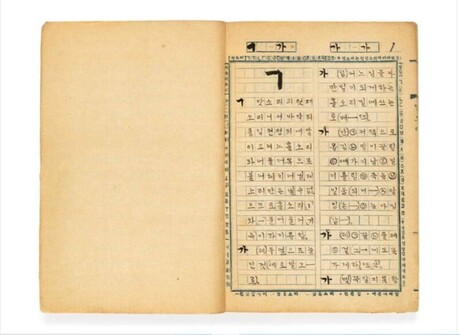With her high-contrast books, the American artist mesmerized generations of toddlers who, through her work, learned to see the world in new ways. A baby bottle, a boat, a duck – these white shapes against black backgrounds are absolutely hypnotic! Just like that butterfly with wings rendered in delicate black lace against pristine white. The books 'Black on White,' 'White on Black,' 'What Is It?' and 'Who Are They?' (published in French by Kaléidoscope in 1994 and 1996) are four small square books with rounded corners, thick cardboard pages, and effects that play with glossy and matte finishes. This raw juxtaposition of silhouettes makes them as fascinating as they are mysterious and poetic. More than thirty years after their publication, these picture books by American photographer Tana Hoban (1917-2006) remain as present as ever in daycare centers, kindergartens, and preschools around the world. Tana Hoban revolutionized children's literature through her unique photographic approach to picture books. Born in 1917, she developed a distinctive style that combined stark visual contrasts with everyday objects, creating books that could captivate even the youngest readers. Her work went beyond simple entertainment – it served as a crucial educational tool that helped babies and toddlers develop their visual perception and recognition skills. The photographer's genius lay in her understanding of infant visual development. She knew that babies are naturally drawn to high-contrast images, particularly black and white patterns, which are easier for their developing eyes to process. By utilizing this knowledge, she created a series of books that weren't just visually striking but also developmentally appropriate for their intended audience. Her books featured simple, bold silhouettes of familiar objects – animals, toys, household items – presented against contrasting backgrounds. This approach allowed very young children to focus on shapes and forms without being overwhelmed by complex details or colors. The thick, sturdy pages were designed to withstand the handling of small children, while the rounded corners ensured safety during independent exploration. Hoban's influence on early childhood education cannot be overstated. Teachers and parents worldwide have used her books as tools for language development, helping children learn to identify and name objects while developing their observational skills. The books serve as conversation starters, encouraging interaction between adults and children as they explore each page together. The enduring popularity of her work speaks to its fundamental understanding of child development and visual learning. Even decades after their initial publication, these books continue to find new audiences among each generation of babies and toddlers. They represent a perfect marriage of artistic vision and educational purpose, proving that children's literature can be both beautifully crafted and pedagogically sound. Hoban's legacy extends beyond individual books to influence an entire approach to early childhood visual education, demonstrating how thoughtful design and deep understanding of child development can create lasting educational resources.
Latest article
- Frozen Politics, Frozen Art: Hoping for a Thaw in Korea’s Art Market Next Year
- Boom or Mirage? National Museum of Korea Debates Paid Admission Amid K-Culture Surge
- Billboard Names K-Pop as a Defining Force in 2025 Pop Culture
- Diagnosing the Global Art Market in 2025: Between Correction and Reconfiguration
- Korea Sets New Tourism Record as Inbound Visitors Hit 18.5 Million in 2025
- NFM Releases Landmark Report on Village Beliefs Across Gangwon: Which Spirits Protected These Mountain and Coastal Communities?
- Online Poster Comparing Cho Jin-woong to National Heroes Sparks Backlash
- Why Lee Byung-hun Deserves to Win the Golden Globe





























